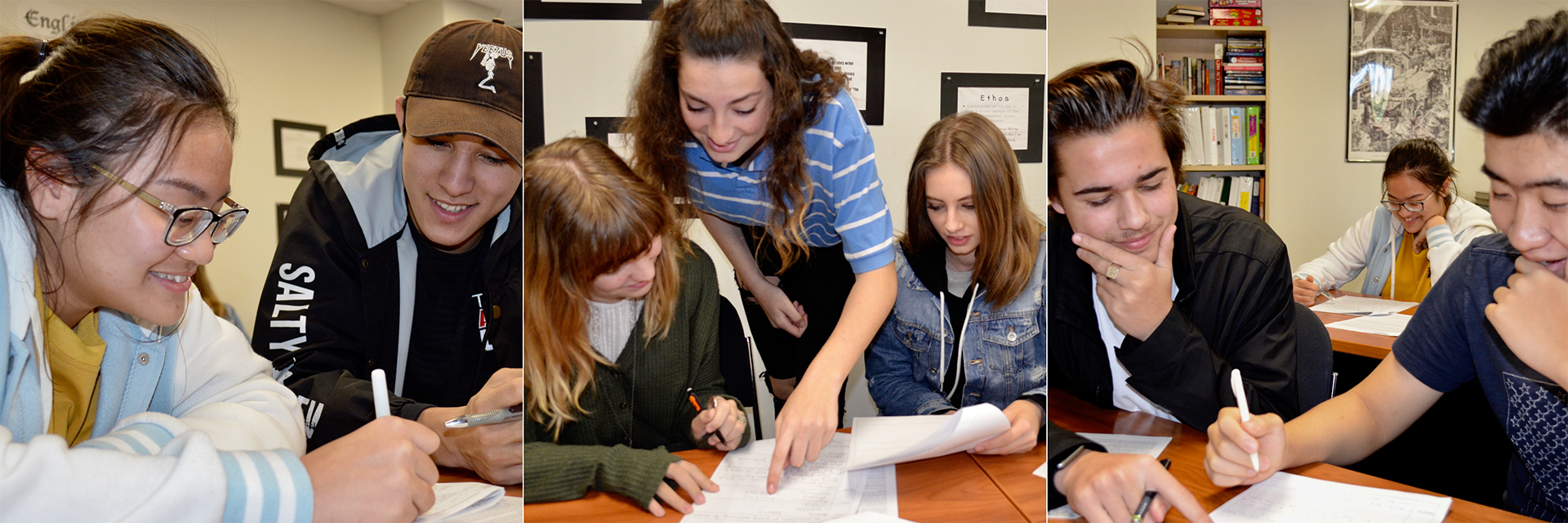
AP Physics 2
Course Description
Download Course Description (PDF) Off-Campus Permission Form (PDF)
Prerequisites: Students should have successfully completed AP Physics 1 and should have taken or be concurrently taking pre-calculus or an equivalent course.
Course Overview: AP Physics 2 is an algebra-based, introductory college-level physics course. Students cultivate their understanding of physics through inquiry-based investigations as they explore these topics: fluids; thermodynamics; electrical force, field, and potential; electric circuits; magnetism and electromagnetic induction; geometric and physical optics; and quantum, atomic, and nuclear physics.
Course Content: Students explore principles of fluids, thermodynamics, electricity, magnetism, optics, and topics in modern physics. The course is based on seven big ideas, which encompass core scientific principles, theories, and processes that cut across traditional boundaries and provide a broad way of thinking about the physical world. The following are the big ideas:
- Objects and systems have properties such as mass and charge. Systems may have internal structure.
- Fields existing in space can be used to explain interactions.
- The interactions of an object with other objects can be described by forces.
- Interactions between systems can result in changes in those systems.
- Changes that occur as a result of interactions are constrained by conservation laws.
- Waves can transfer energy and momentum from one location to another without the permanent transfer of mass and serve as a mathematical model for the description of other phenomena.
- The mathematics of probability can be used to describe the behavior of complex systems and to interpret the behavior of quantum mechanical systems.
Science Practices Students establish lines of evidence and use them to develop and refine testable explanations and predictions of natural phenomena. Focusing on these disciplinary practices enables teachers to use the principles of scientific inquiry to promote a more engaging and challenging experience for AP Physics students. Such practices require that students: • Use representations and models to communicate scientific phenomena and solve scientific problems; • Use mathematics appropriately; • Engage in scientific questioning to extend thinking or to guide investigations within the context of the AP course; • Plan and implement data collection strategies in relation to a particular scientific question; • Perform data analysis and evaluation of evidence; • Work with scientific explanations and theories; and • Connect and relate knowledge across various scales, concepts, and representations in and across domains.
Textbook: College Physics, Serway/Faughn, 7th Edition, Thomson, Brooks/Cole Publisher
Parents of public school students must print out a course description to give to their child’s counselor along with an off-campus permission form.

